Mrs Dalloway by Virginia Woolf
‘The Hours’: Virginia Woolf’s manuscript of Mrs Dalloway
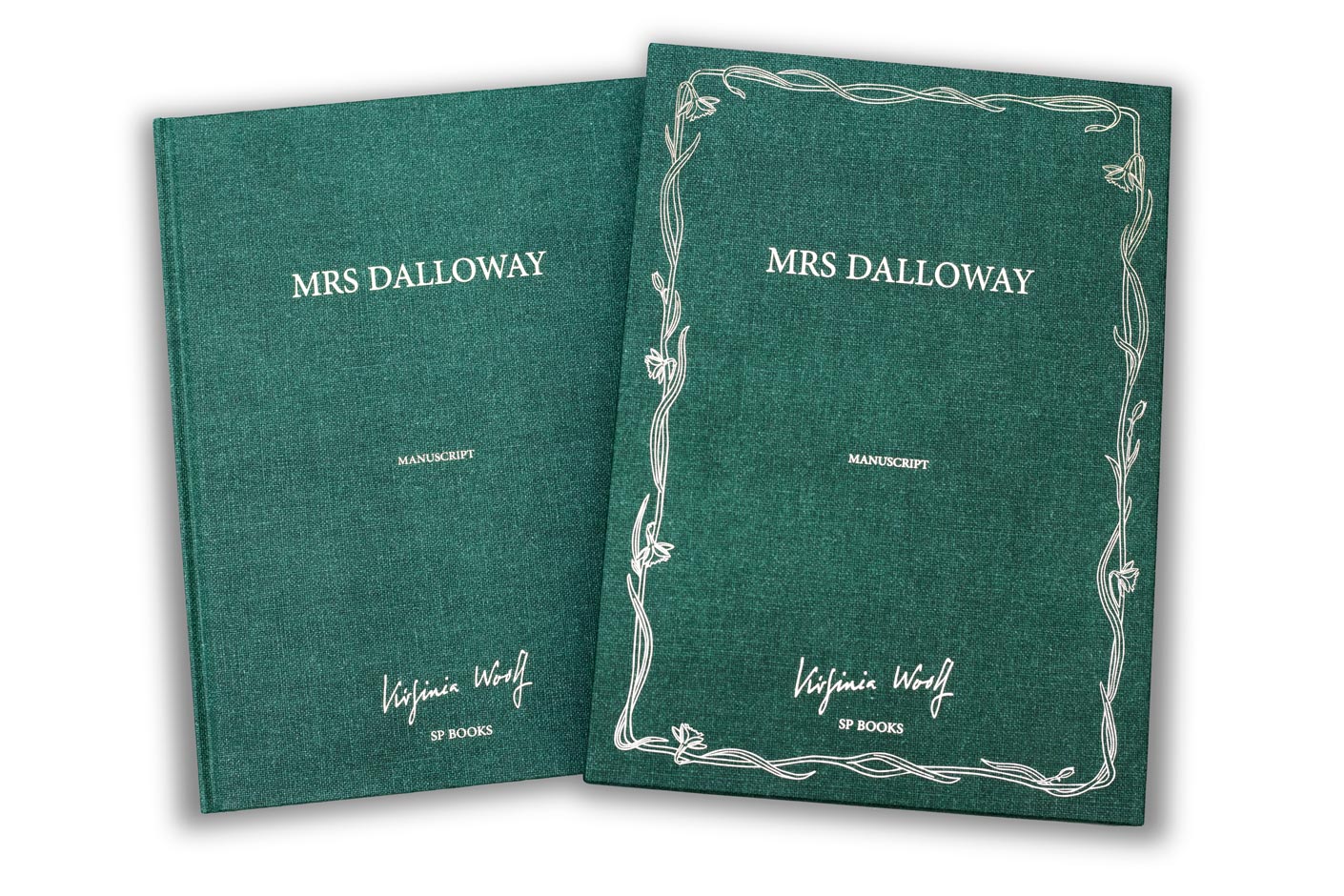

Nearly a hundred years ago, between June 1923 and October 1924, Virginia Woolf wrote in three notebooks, which she entitled ‘The Hours’, the only complete draft of what was to become Mrs Dalloway. Published in 1925, Mrs Dalloway was her fourth novel. It is now considered to be one of her greatest books.
This is the first time that manuscript has been reproduced, offering the reader a rare insight into Virginia Woolf’s creative process among other things through the fluctuating intensity of the purple ink she favoured. It is introduced by two essays written by the Virginia Woolf specialist Helen Wussow and the Pulitzer-Prize winning novelist Michael Cunningham.
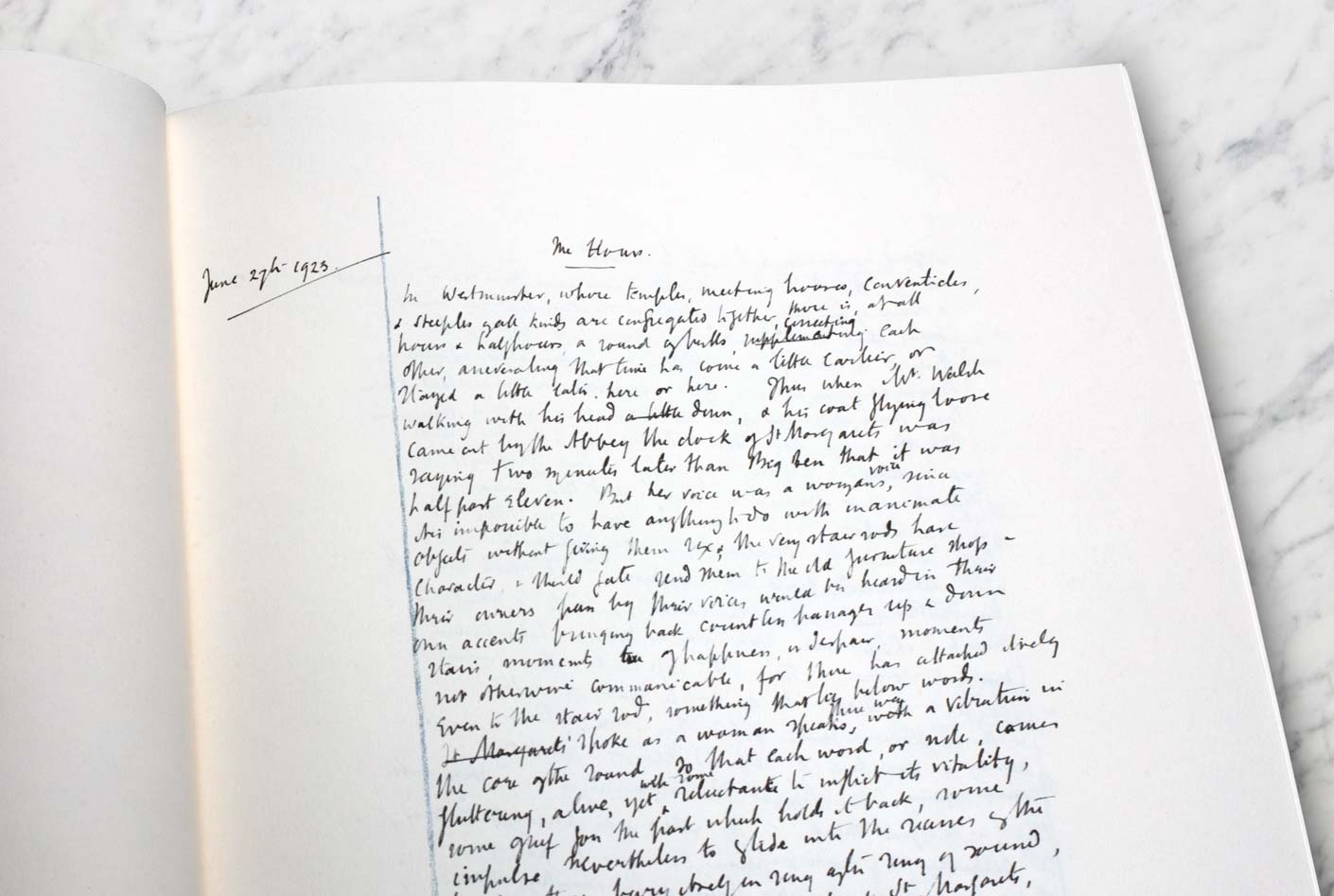
Virginia Woolf’s first and only full-length draft of Mrs Dalloway
This volume reproduces Virginia Woolf’s first and only full-length draft of Mrs Dalloway, with all her deletions, insertions and notes. It reveals her hesitation between two possible titles – ‘The Hours’ and ‘Mrs Dalloway’, the latter finally imposing itself in notebook 3 – as well as a different opening from the one well-know today. It is only in the second notebook that she settles for the now famous ‘Mrs Dalloway said she would buy the flowers herself […].’ Indeed, she sometimes rewrote passages several times throughout the notebooks.

An important feature of the manuscript are the pencil margins she drew on the pages of the notebooks and in which she noted the dates of writing, word-counts and made many insertions. She wrote mainly in the purple ink she preferred for her manuscripts and, sometimes, in black or even blue. Of particular interest is the observation of this note Virginia Woolf seems to have written for herself at the top of the second page of the second notebook: ‘A delicous idea comes to me that I will write anything I want to write.’
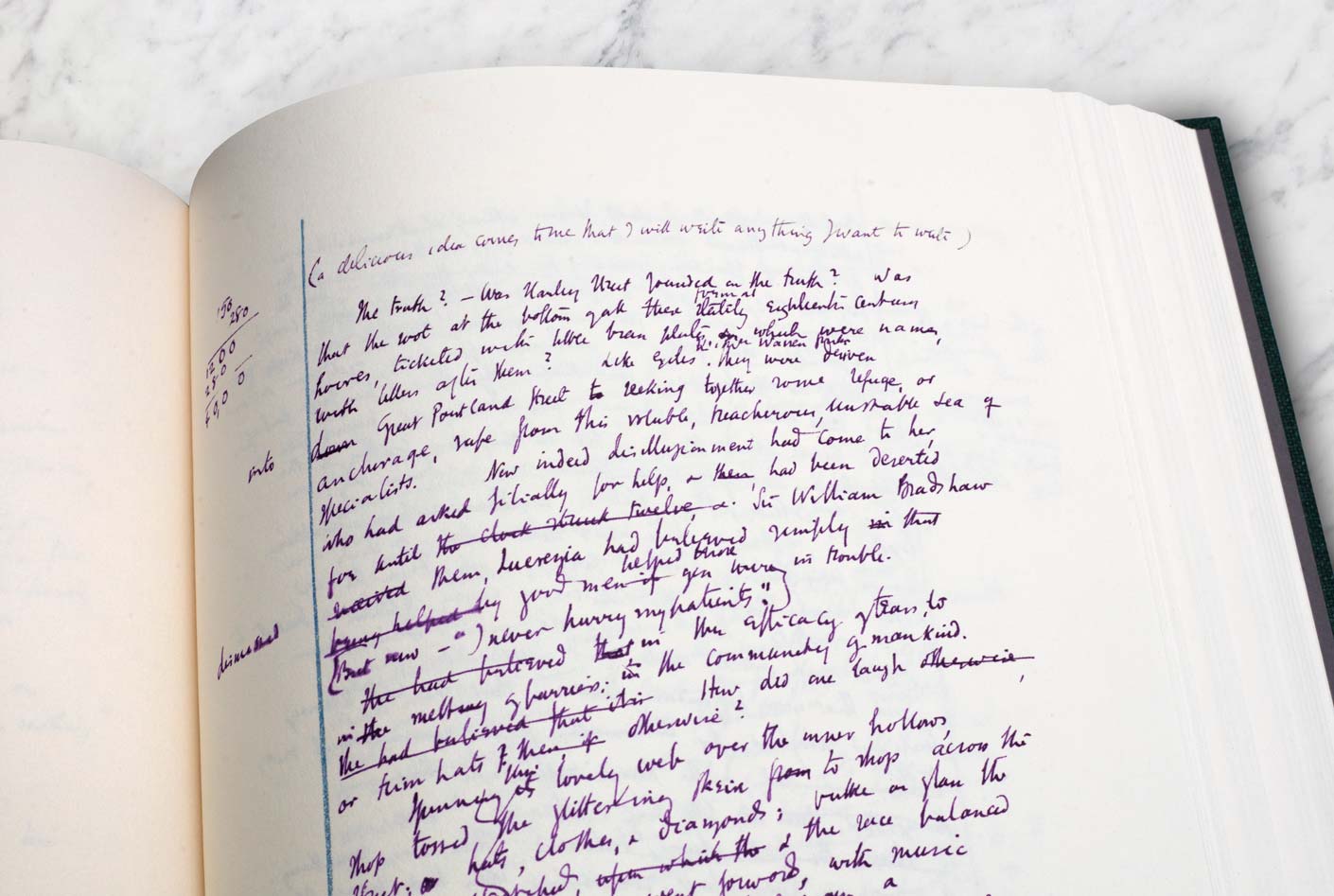
From ‘The Hours’ to Mrs Dalloway
This is Clarissa, he thought, with a deep emotion, & an extraordinary clear recollection of her,
as if this bell had come into the room, years ago where they sat, at some moment of great intimacy
(The Hours, Notebook N°1)
The character of Mrs Dalloway had already made an appearence in Woolf’s first novel, The Voyage Out, published in 1915.She further developed the character in a short story, Mrs Dalloway in Bond Street, published in 1923 and in a diary entry for October 1922, she had noted that she was planning to write a novel about ‘Mrs Dalloway seeing the truth’. In this version, her heroine was supposed to commit suicide. But in the notebooks, Woolf develops another character – Septimus Smith – in such a way that it is he who commits suicide instead of Clarissa Dalloway.
She began the first notebook on 27 June 1923 and by 15 October 1923, she had written the hundredth page. The same day, she notes in her diary: ‘The doubtful point is, I think, the character of Mrs Dalloway. It may be too stiff, too glittering and tinselly.’ A little less than a year later, in September 1924, she had almost finished her novel: ‘There I am now – at last at the party. […] Now I do think this might be the best of my endings.’ The novel was published in 1925, simultaneously in England and in the United States.
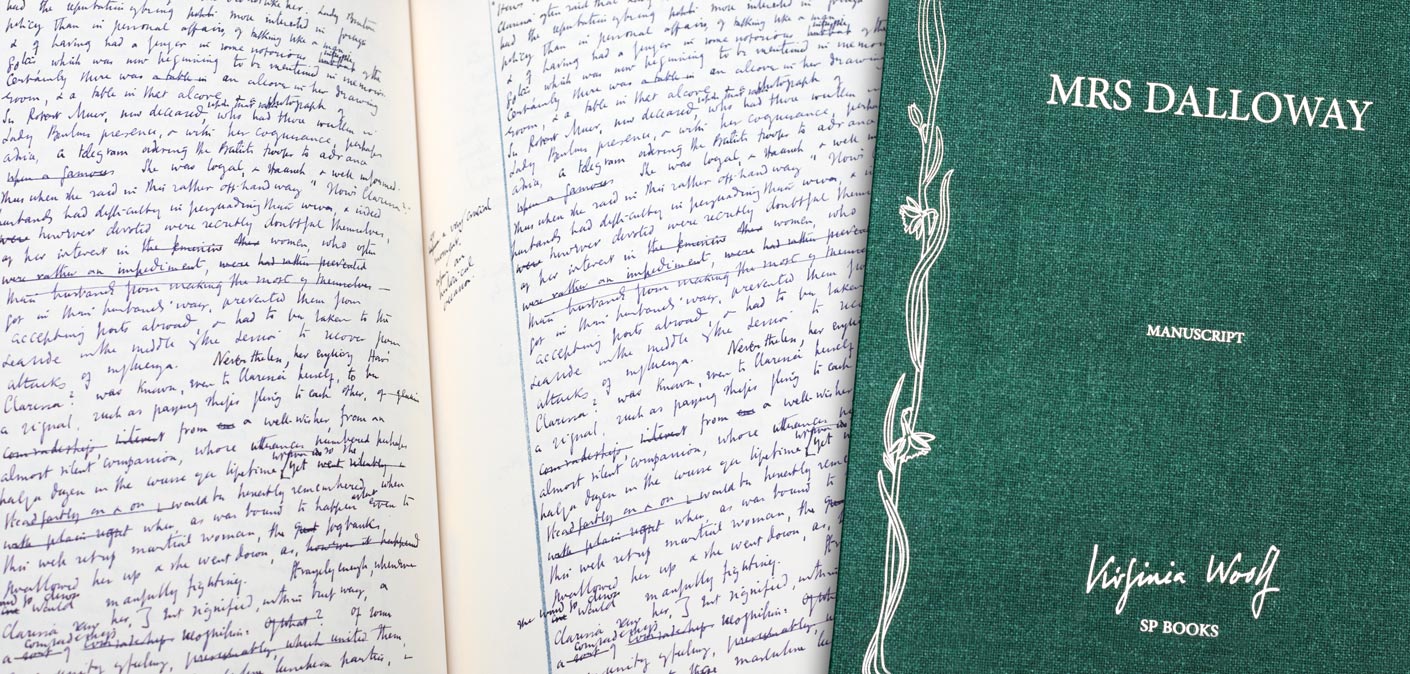
Two essays by Michael Cunningham and Helen Wussow
‘Mrs Dalloway (briefly known as ‘The Hours’) would be Virginia Woolf’s first indisputably great book.’ Michael Cunningham is an American novelist and screenwriter. In 1998, he published The Hours (Pulitzer Prize for Fiction, 1999) based on the life of Virginia Woolf and inspired by Mrs Dalloway. It was adapted for a film by Stephen Daldry in 2002.
‘Within the stitched notebooks of ‘The Hours’ are the narratives that are woven into the whole cloth of Mrs Dalloway’. Helen Wussow is a dean at The New School, New York, and a Virginia Woolf specialist. She published an edited transcription of ‘The Hours’ entitled Virginia Woolf ‘The Hours’: The British Museum Manuscript of Mrs Dalloway’ (New York: Pace UP, 1996).
"It took me a year’s groping to discover what I call my tunnelling process, by which I tell
the past by instalments, as I have need of it. This is my prime discovery so far"
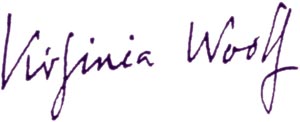
Deluxe edition
Numbered from 1 to 1,000, this Bottle green edition is presented in a large format handmade slipcase.
Printed with vegetal ink on eco-friendly paper, each book is bound and sewn using only the finest materials.
Mrs Dalloway: Thanks to a new reproduction of the only full draft of Mrs. Dalloway, handwritten in three notebooks and initially titled “The Hours,” we now know that the story she completed — about a day in the life of a London housewife planning a dinner party — was a far cry from the one she’d set out to write (...)
The Grapes of Wrath: The handwritten manuscript of John Steinbeck’s masterpiece The Grapes of Wrath, complete with the swearwords excised from the published novel and revealing the urgency with which the author wrote, is to be published for the first time. There are scarcely any crossings-out or rewrites in the manuscript, although the original shows how publisher Viking Press edited out Steinbeck’s dozen uses of the word “fuck”, in an attempt to make the novel less controversial. (...)
Jane Eyre: This is a book for passionate people who are willing to discover Jane Eyre and Charlotte Brontë's work in a new way. Brontë's prose is clear, with only occasional modifications. She sometimes strikes out words, proposes others, circles a sentence she doesn't like and replaces it with another carefully crafted option. (...)
The Jungle Book: Some 173 sheets bearing Kipling’s elegant handwriting, and about a dozen drawings in black ink, offer insights into his creative process. The drawings were not published because they are unfinished, essentially works in progress. (...)
The Lost World: SP Books has published a new edition of The Lost World, Conan Doyle’s 1912 landmark adventure story. It reproduces Conan Doyle’s original manuscript for the first time, and includes a foreword by Jon Lellenberg: "It was very exciting to see, page by page, the creation of Conan Doyle’s story. To see the mind of the man as he wrote it". Among Conan Doyle’s archive, Lellenberg made an extraordinary discovery – a stash of photographs of the writer and his friends dressed as characters from the novel, with Conan Doyle taking the part of its combustible hero, Professor Challenger. (...)
Frankenstein: There is understandably a burst of activity surrounding the book’s 200th anniversary. The original, 1818 edition has been reissued, as paperback by Penguin Classics. There’s a beautifully illustrated hardcover, “The New Annotated Frankenstein” (Liveright) and a spectacular limited edition luxury facsimile by SP Books of the original manuscript in Shelley's own handwriting based on her notebooks. (...)
The Great Gatsby: But what if you require a big sumptuous volume to place under the tree? You won’t find anything more breathtaking than SP Books ’s facsimile of F. Scott Fitzgerald’s handwritten manuscript of The Great Gatsby, showing the deletions, emendations and reworked passages that eventually produced an American masterpiece (...)
Oliver Twist: In the first ever facsimile edition of the manuscript SP Books celebrates this iconic tale, revealing largely unseen edits that shed new light on the narrative of the story and on Dickens’s personality. Heavy lines blocking out text are intermixed with painterly arabesque annotations, while some characters' names are changed, including Oliver’s aunt Rose who was originally called Emily. The manuscript also provides insight into how Dickens censored his text, evident in the repeated attempts to curb his tendency towards over-emphasis and the use of violent language, particularly in moderating Bill Sikes’s brutality to Nancy. (...)
Peter Pan: It is the manuscript of the latter, one of the jewels of the Berg Collection in the New York Public Library, which is reproduced here for the first time. Peter’s adventures in Neverland, described in Barrie’s small neat handwriting, are brought to life by the evocative color plates with which the artist Gwynedd Hudson decorated one of the last editions to be published in Barrie’s lifetime. (...)









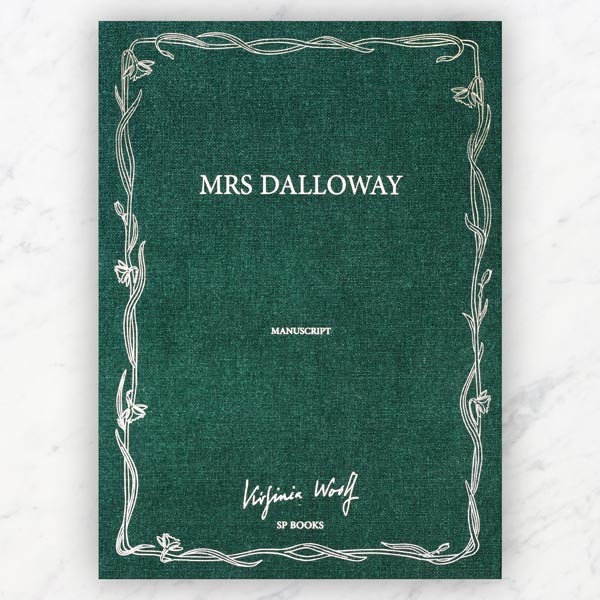








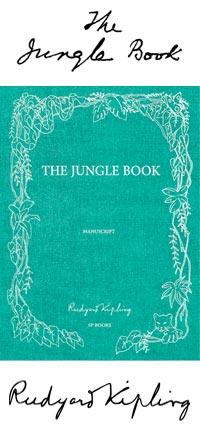
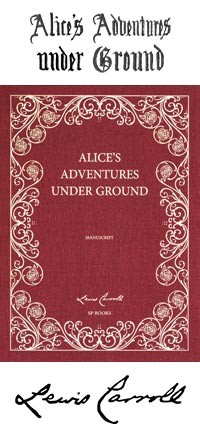

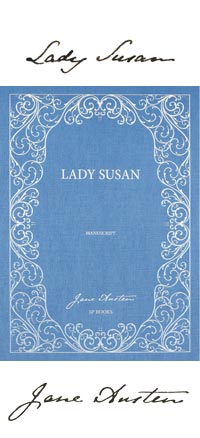


Customer reviews
This perfectly constructed copy of the manuscript of Mrs. Dalloway (The Hours) is stunning and perfect. You can see the time and skill that was put into to reproducing such a copy. The pages smell wonderful and have a distinct feel to them. Very high quality!
This is such a beautiful book. I've just ordered my copy. I am very excited.